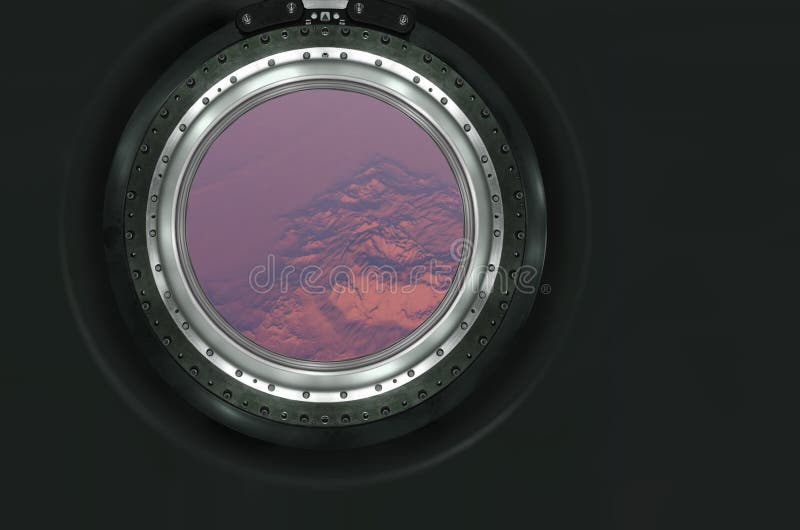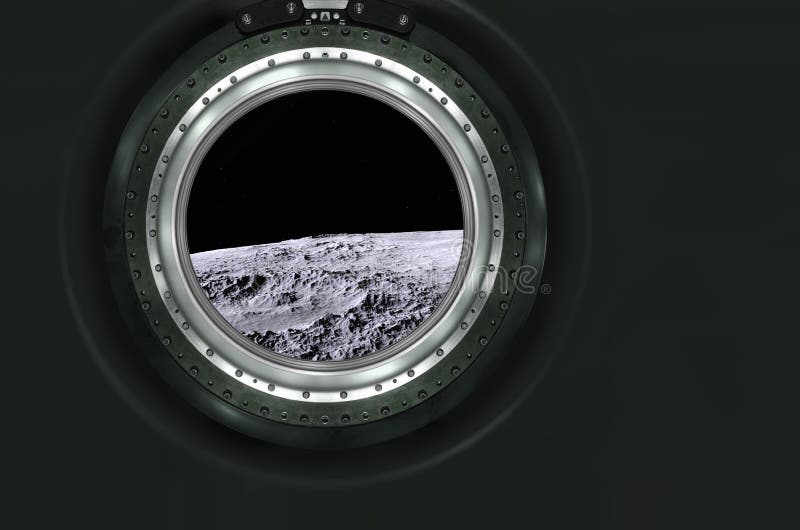
- Ne xs max civilization v full#
- Ne xs max civilization v android#
- Ne xs max civilization v software#
- Ne xs max civilization v plus#
- Ne xs max civilization v windows#
The number of factors that could potentially affect speed results is so huge that making such exact predictions is practically impossible.
Ne xs max civilization v android#
Neither iOS nor Android is a deterministic system. Sure, he’d probably say something like "fast," or "fast enough," or even "blazingly fast," but nothing more specific than that.
Ne xs max civilization v full#
If you somehow convinced Craig Federighi to take part in one of those speed comparisons, gave him full access to the iPhone about to be tested, and asked him to predict exactly how much time it would take for this iPhone to complete the test, he would likely have no idea. Real-time operation is one thing, and determinism is another. But if the phones had to run the kind of real-time operating systems used for spaceflight, opening those apps would take exactly the same amount of time no matter how many times you tried it-down to a millisecond.īeyond time, space operating systems have more tricks up their sleeves. That’s a whopping two-minute time difference between the first try and the second. Because the apps are still in RAM, Samsung finishes the opening in 46 seconds, and the iPhone does it in 42 seconds. In the second round, all the apps are closed and opened again without restarting or clearing the RAM.

Samsung opens all the apps in 2 minutes 30 seconds, and the iPhone clocks in at 2 minutes 54 seconds. Before the test, both phones are restarted, and the cache is cleared in them.
Ne xs max civilization v plus#
In this one made by EverythingApplePro, the iPhone XS Max and Samsung S10 Plus go head to head opening some popular apps. To compare this to operating systems we all know, just watch any given speed comparison between modern smartphones.
Ne xs max civilization v software#
And this way, a software designer knows exactly which task is going to be performed in any given scenario and how much time it is going to take to get it done. Each possible task is assigned a specific priority, so a higher-priority task can take precedence over the lower-priority task. It can take three ticks to upload data from sensors four further ticks are devoted to fire up engines and so on.

To simplify it, space operating systems are typically designed in such a way that each task is performed within a set number of allocated ticks. The time, as measured by the clock, is divided into singular ticks. There’s no point in processing such tasks any further things must adhere to a very precise clock. And in spaceflight, a missed deadline quite often means your spacecraft has already turned into a fireball or strayed into an incorrect orbit. When a deadline is not met, the task is considered failed and terminated.

Operating systems used in space add at least one more central criterion: a computation needs to be done correctly within a strictly specified deadline. They perform a computation, and if the result of this computation is correct, then a task is considered to be done correctly.
Ne xs max civilization v windows#
The criteria by which we judge Windows or macOS are fairly simple. To deal with such unforgiving deadlines, spacecraft like Solar Orbiter are almost always run by real-time operating systems that work in an entirely different way than the ones you and I know from the average laptop. Otherwise, the Solar Orbiter is getting fried. To reiterate: this operating system, located far away in space, needs to remotely reboot and recover in 50 seconds. Here, we’ve had 50 seconds total to find the issue, have it isolated, have the system operational again, and take recovery action.” "Typically, rebooting the platform such as this takes roughly 40 seconds. "We’ve got extremely demanding requirements for this mission," says Maria Hernek, head of flight software systems section at ESA. When something goes wrong and dangerous off-pointing is detected, Solar Orbiter is going to have only 50 seconds to react. Any off-pointing exceeding 2.3 degrees is acceptable only for a very brief period of time. The maximum allowed off-pointing from the Sun is only 6.5 degrees.

So, accordingly, ESA developed a real-time operating system (RTOS) for Solar Orbiter that can act under very strict requirements. This heat shield, however, will protect the spacecraft only when it is pointed directly at the Sun-there is no sufficient protection on the sides or in the back of the probe. To withstand such temperatures, Solar Orbiter is going to rely on an intricately designed heat shield. And, mind you, Mercury is close enough to have sustained temperatures reaching 450☌ on its Sun-facing surface. During its mission, Solar Orbiter will get 10 million kilometers closer to the Sun than Mercury. The ESA’s recently launched Solar Orbiter will spend years in one of the most unwelcoming places in the Solar System: the Sun.


 0 kommentar(er)
0 kommentar(er)
